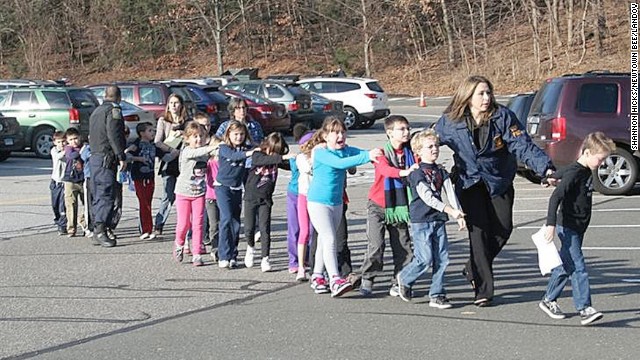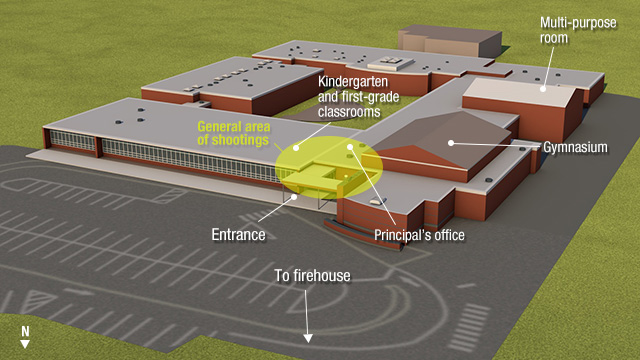...whose situation awareness are we talking about?: human, sensor, radio, computer or infrastructure?
SITUATION AWARENESS - "Say what?"
The question is, if someone is using these terms -- "situation awareness" or "intuitive" and "user-friendly" user-interfaces -- for marketing purposes, do they provide any human factors-based measures to back it up. Hard, empirical data that quantifies the supposedly enhanced situation awareness of a mission critical professional who might be on the fireground, or back in the control room of a nuclear power plant?
"nah!"
Rarely does one hear the details about situation awareness, or SA:
- the process by which it is acquired.
- the nature of SA as a product -
- i.e., perception of task relevant data; its comprehension towards enhancing the operator's SA of system state (cohorts, teams, commander's intent, condition of the machine agent(s) or system); that is, what they -- the co-worker, team, systems -- are doing? why they are doing what they are doing? (just not information, but an understanding or knowledge of what's going on; Figure 1)
- projection of future states (e.g., estimated time for backup help to arrive; wind direction in a hour from now, of relevance to a wildland firefighter; readiness of trauma care center to receive casualties from an accident site in the next 30 min.)
- the measures or quantification of SA
- what did the operator become aware of which he was not aware of previously?; did he acquire this SA with effort (probed the system), or effortlessly? -- where a Smart System alerted him to the impending danger?
| Figure 1: Task-relevant Data / Information when comprehended turns into knowledge and, thus, enhances operator SA |
Varieties of SA
SA certainly is not acquired easily by humans, even if it is in the immediate space or environment due to phenomenon such as inattentional blindness, attentional tunneling, cognitive distraction, or information overload.Additionally, SA is not the sole dominion of individual humans. Members of a team can have SA about what's going on in the socio-technical system (Shared SA); An individual or team that is geographically distributed can have SA about different aspects of a system (Distributed SA). A machine or system can have SA about what other sub-systems or humans are doing (m2m; machine-to-machine communication), which radios have been registered on a critical comm. wireless network and their locations (Systems SA). Or when human and machine collaborate together to acquire SA, with a tacit acknowledgement that in certain aspects the machine is better than human and vice-versa, then, it would be Joint SA.
Acquisition of SA
To acquire SA of a situation, the following are required:- Sensor
- Transducer
- Computer
As machinistic as the above may sound, it is not necessarily so. The above could very well be a human. For example in the case of a human: An eye or ear is a sensor. The nervous system is a transducer (takes the raw signal -- light or sound -- and converts it into a coded neural signal); the computer is the brain, where the signal is decoded and interpreted. "For example, a police officer on hearing a sound may react with: "Ah! what I heard was a gun shot. My partner should be in trouble!"
A self-driving car, or autonomous vehicle, is an example of a machine acquiring SA, where it may either choose to accelerate or brake at appropriate moments.
The only difference between human and a machine -- both, by the way are intelligent cognitive agents in their own right -- is the former excels in pattern recognition and novel situations; whereas the latter algorithmic thinking approach never tires nor loses vigilance due to monotony or having a hangover!
Three mini case studies: SA obtained and missed
Sandy Hook Elementary School Shooting
 |
| Figure 2: Children being evacuated from the Sandy Hook Elementary School by Connecticut Police |
In the second deadliest mass shooting in American history, twenty students, ages 6 and 7, and six adults were killed at the Sandy Hook Elementary school on December 14, 2012.
 |
Figure 3: A graphic depicting the site of the shooting. (CNN) |
As soon as the shooting began, 911 began receiving calls. In this incident, teachers and the school custodian, were the eyes and ears ("sensors, transducers and computers") who were instrumental in describing and narrating the gruesome goings-on in Real Time & Real Space. This information thus transmitted via phone, by "humans" ["cognitive computing" at source and onsite], with emotive intonations and ambient sounds, were instrumental in building the SA of for law enforcement.
In this case, it is hard to imagine if a machine agent could have equalled or surpassed the cognitive computing performed by human agents onsite with regards to facilitating SA acquisition to law enforcement. However, Joint SA, where surveillance video from classrooms along with the human narration of events might have been superior. Note: A human is really good at reading another human's (active shooter) intent.
Verdict: SA Obtained to the extent possible
Asiana Air Crash
A 16-year old girl who survived the crash of an Asiana Flight 214 in San Francisco was tragically killed by "multiple blunt injuries" when she was run over by a rescue vehicle.
 |
| Figure 4: Asiana Crash at SFO in July 2012 |
This tragic accident was due to the fire engines quickly spraying thousands of gallons of water and foam, which seems to have obscured the driver’s view of a human figure on the tarmac. He was unaware (missed the first step of SA acquisition: sensing and perceiving) of the object/person in his vehicle's path.
Verdict: SA Disabled
Metro North Train Accident
The recent Metro North Train accident on the Hudson Line that resulted in fatalities was found to be travelling almost three times the permitted speed (82 mph instead of less than 30 mph) into a turn.
 |
| Figure 4: Metro-North train from Poughkeepsie to Grand Central Terminal, NYC Derailed in the Bronx, via NYT |
Both the driver who allegedly dozed-off and the train (emphasis added) itself were unaware that the train was overspeeding through the turn. The Driver Alerter, a warning device for keeping the driver awake in the event he was drowsy, was not inside the cab in which the driver was located; nor did the system (train) have a Positive Train Control feature, a track signalling method where the train would have automatically reduced its speed as it approached the curve. In this case, due to a combination of reasons, the Joint SA (driver + machine/system) was absent, which could be attributed as two major reasons for the accident, among other things.
Verdict: SA Unavailable
Say What to What Next?
SA is acquired by various means in different critical infrastructure domains (public safety, transportation, utilities, etc.). When a complex socio-technical system is designed, with a number of components -- human agents to machine agents (sensors, radio, telemetry, computers, infrastructure, etc.) -- it is vitally important to set minimum requirements of SA for both human and machine.
Technology vendors should meet the requirements that are dictated by safety, human & system performance requirements under both normal & abnormal situations, and other mandates. The SA requirements ("needs analysis") have to be identified through either cognitive ethnography or contextual inquiry in the pre-design phase; then, SA specifications set (qualitative and quantitative specifications); and verified through lab and field usability testing, including, live action prototype testing under various equilibrium and non-equilibrium system states (normal to heavy workload to high stakes / high stress situations).
If SITUATION AWARENESS is just used as a "term of art" during design, or as a marketing "buzz word" by a technology vendor, and if we place our trust in it without verification, then it is a great cause of concern. Then our own lack of SA (!) as designers, evaluators and end-users on the important issue of SA needs to be blamed!
In closing, when a critical infrastructure, socio-technical system is designed, or if a technology vendor makes a claim that their technology enhances Situation Awareness for the first responder or driver, then, it is incumbent on us to verify the following:
- Varieties of SA required for system performance and/or delivered by technology
- Process for acquiring SA
- SA as 'product' in terms of meeting specifications and fulfilling requirements
- Measurement of SA
"Designing systems and solutions for human interactions when stakes are high, moments are fleeting and actions are critical."
For more information, please visit:
http://www.linkedin.com/in/moinrahman
HVHF Article Archive: http://hvhfsciences.blogspot.com/
HVHF Article Archive: http://hvhfsciences.blogspot.com/
E-mail: hvhf33322@gmail.com